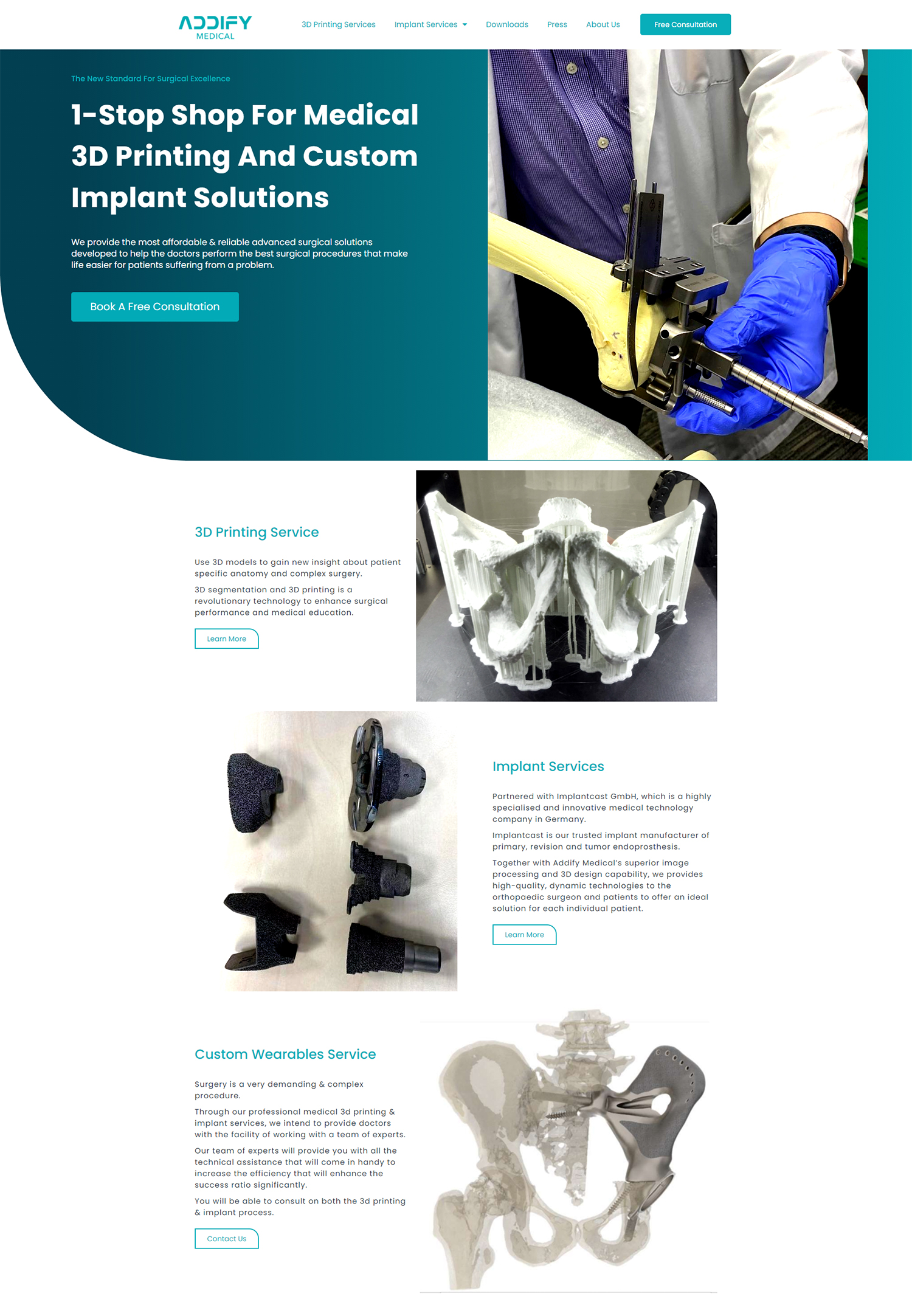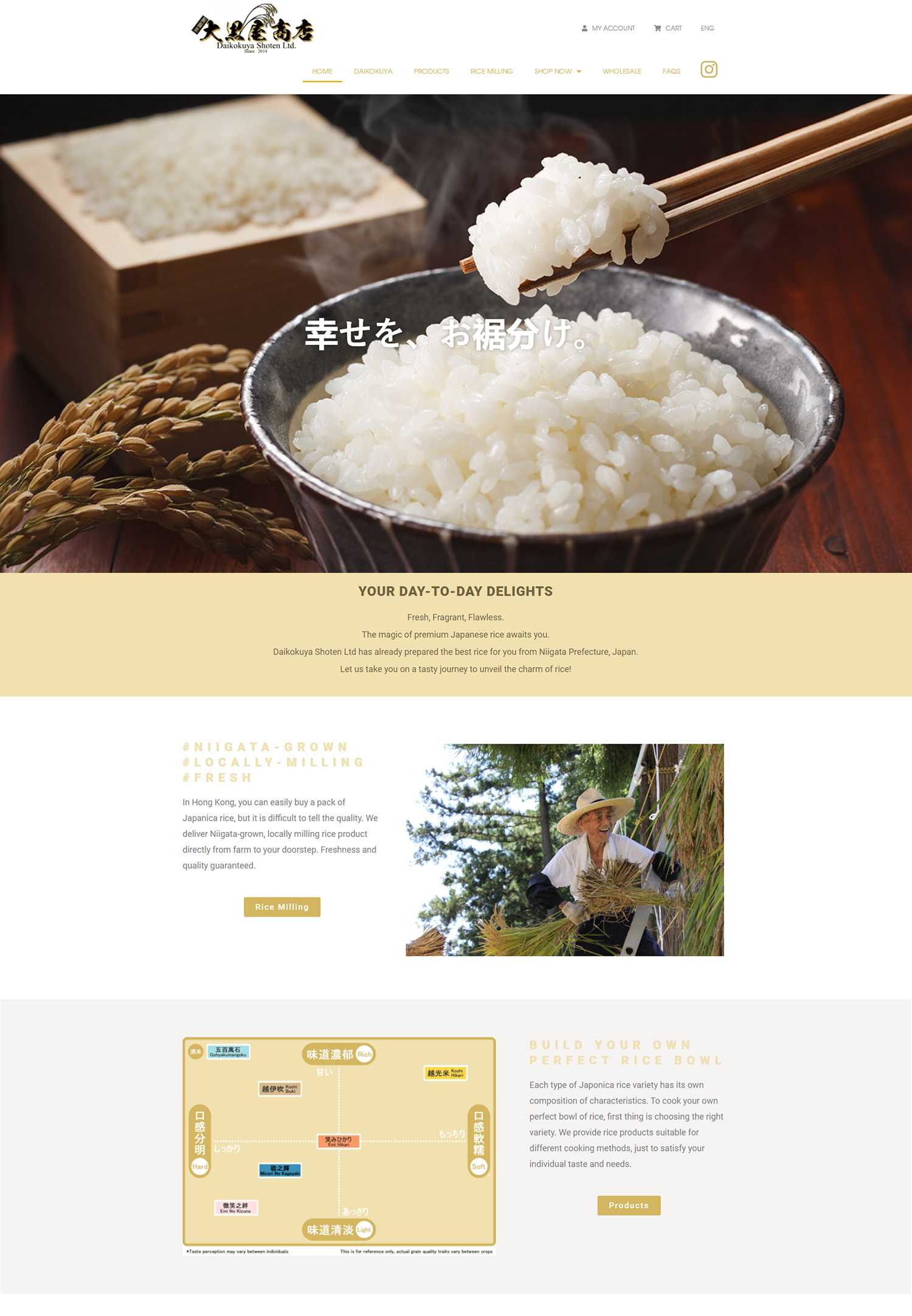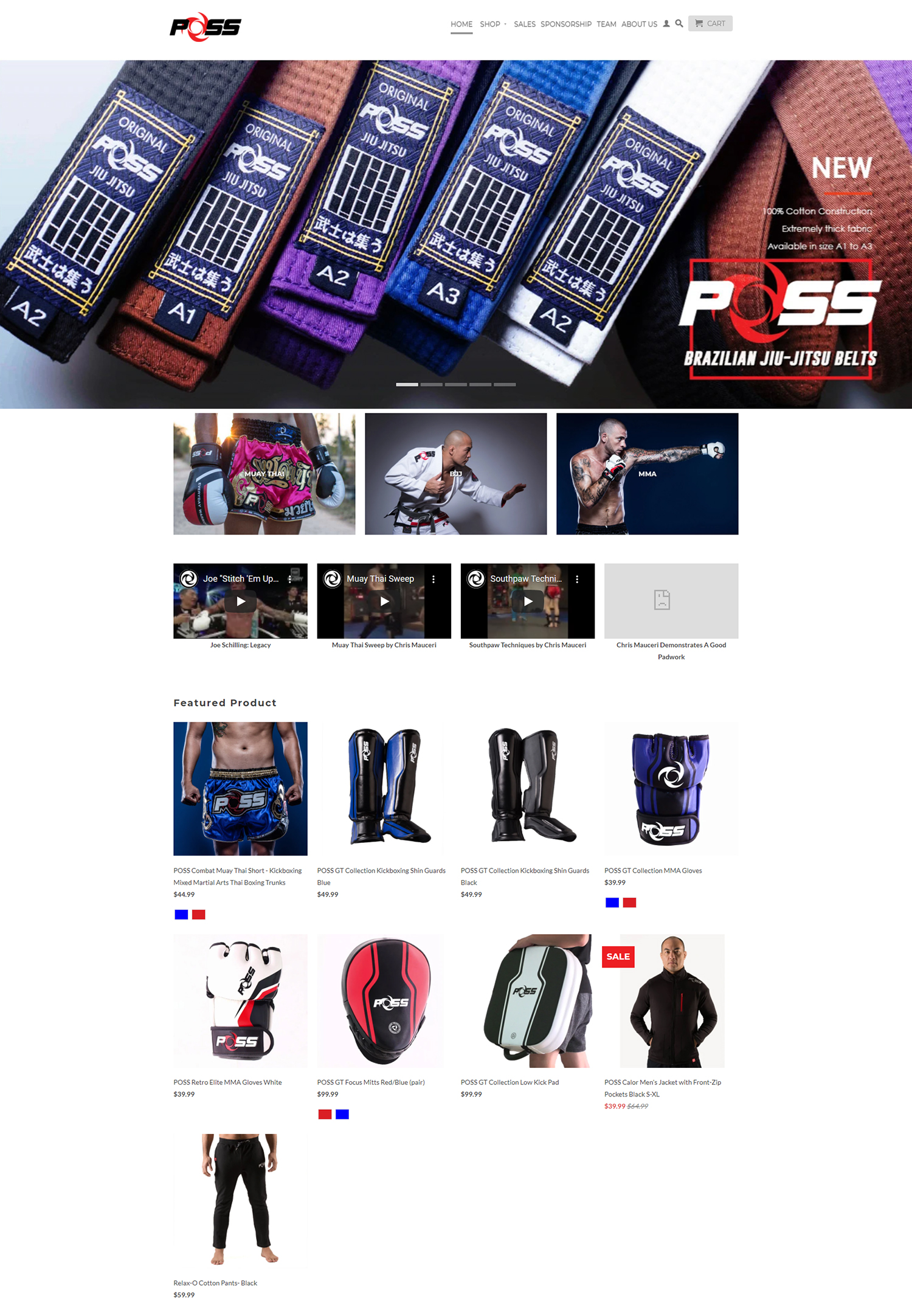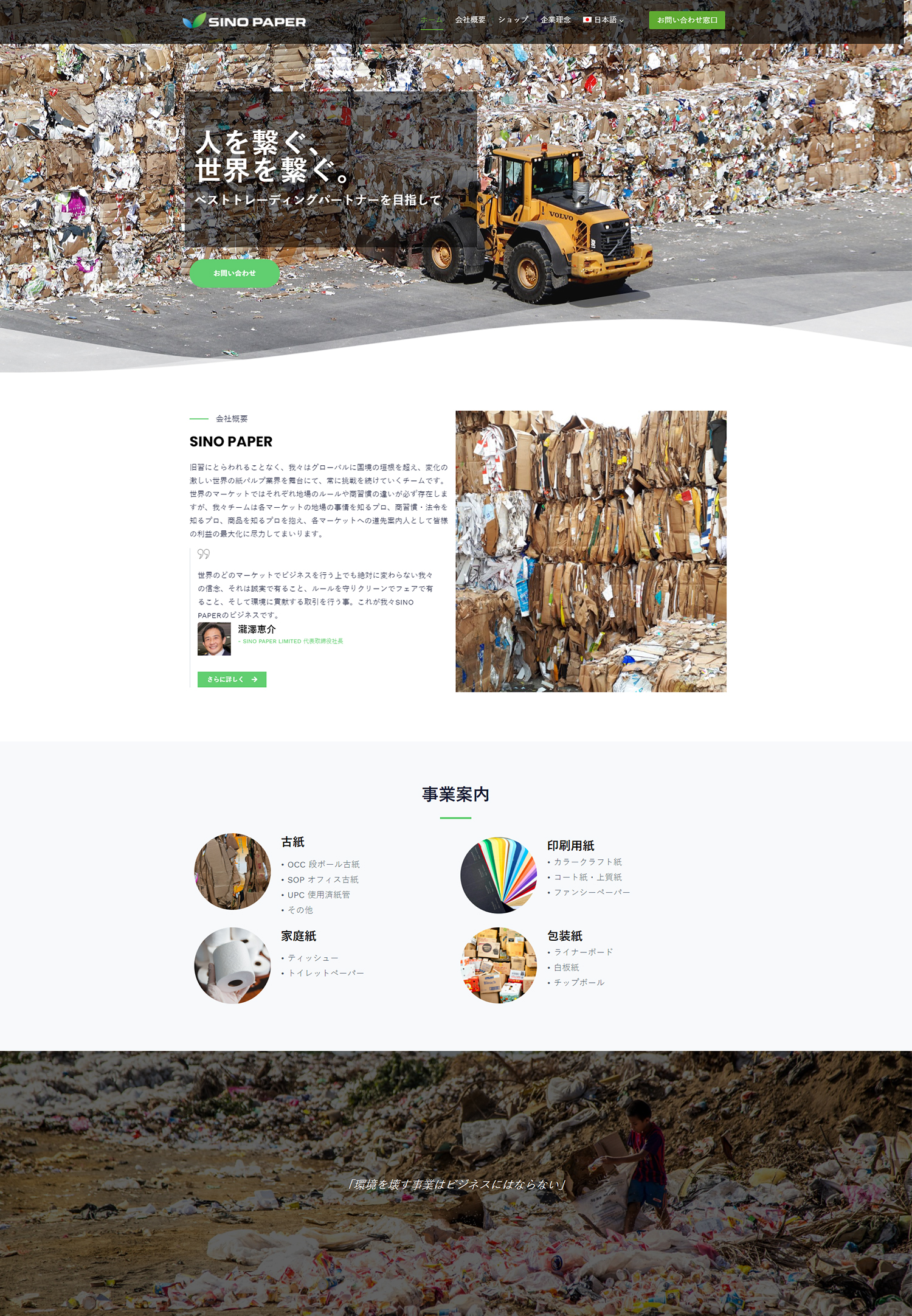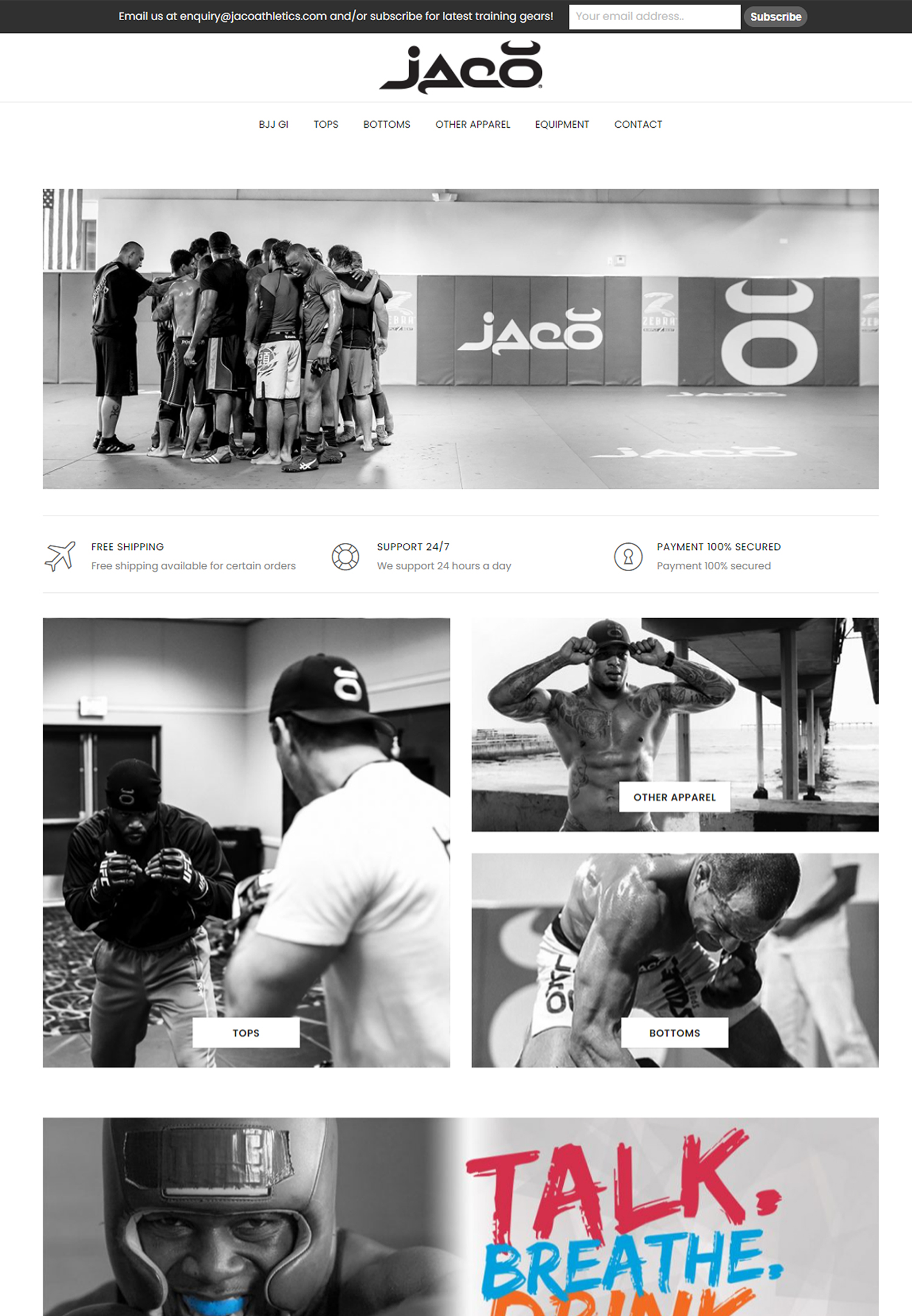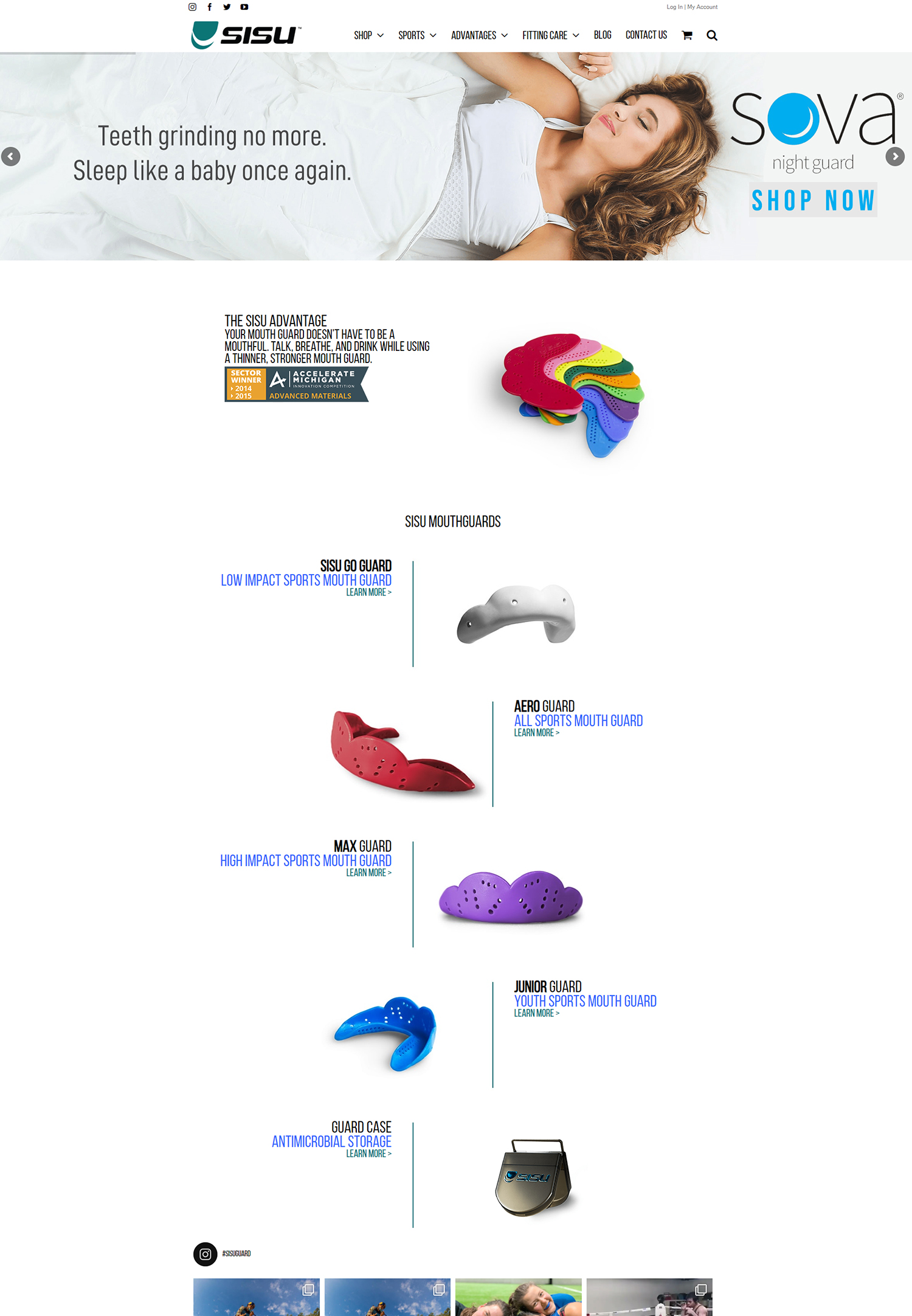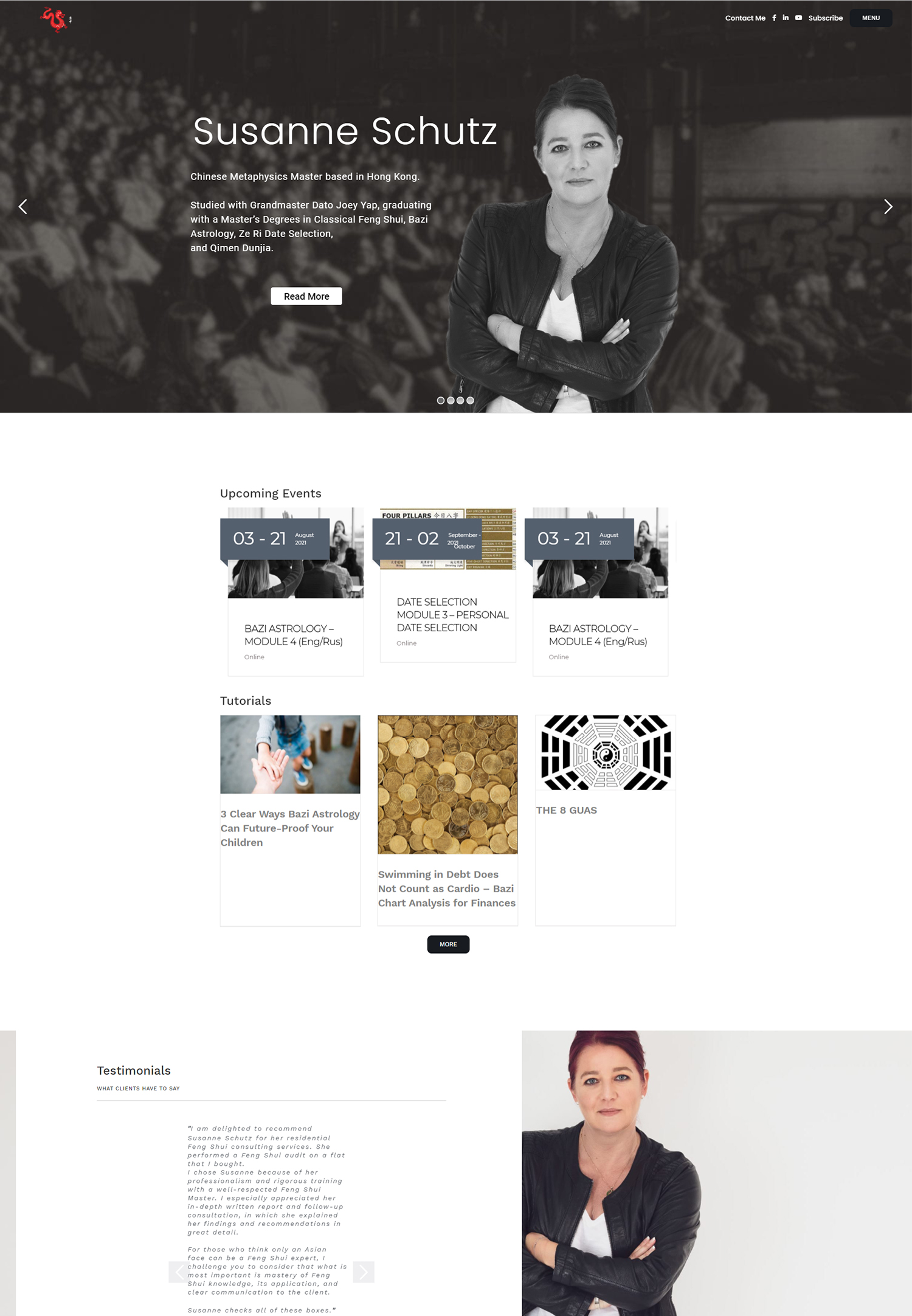In today’s digital age, advertising has become an essential component of any successful business strategy. However, with the increasing number of platforms and channels available for advertising, it has become more challenging to accurately track the effectiveness of these campaigns. This is where accurate tracking comes into play.
Accurate tracking allows advertisers to measure the success of their campaigns, understand their target audience better, and make data-driven decisions to optimize their advertising efforts. It provides valuable insights into consumer behavior, allowing businesses to tailor their messaging and targeting to maximize their return on investment.
One tool that has revolutionized tracking in advertising is the Facebook Pixel. Introduced by Facebook, the Pixel is a piece of code that can be added to a website to track user interactions and conversions. It provides advertisers with valuable data on how users engage with their website and allows them to retarget those users with relevant ads.
What is the Facebook Pixel and How Does it Work?
The Facebook Pixel is a piece of code provided by Facebook that can be added to a website to track user interactions and conversions. It works by placing a cookie on the user’s browser when they visit a website that has the Pixel installed. This cookie then tracks the user’s actions on the website, such as page views, purchases, and form submissions.
The Pixel collects this data and sends it back to Facebook, where advertisers can access it through their Ads Manager. This data provides valuable insights into user behavior, allowing advertisers to understand how users interact with their website and which actions lead to conversions.
The benefits of using the Facebook Pixel are numerous. Firstly, it allows advertisers to accurately track conversions and measure the success of their campaigns. This data can then be used to optimize future campaigns and make data-driven decisions.
Additionally, the Pixel enables advertisers to create custom audiences based on user behavior. For example, advertisers can create an audience of users who have added items to their cart but have not made a purchase. This audience can then be retargeted with relevant ads to encourage them to complete their purchase.
Setting Up Your Facebook Pixel: A Step-by-Step Guide
Setting up the Facebook Pixel is a relatively straightforward process. Here is a step-by-step guide to help you get started:
1. Creating a Facebook Ads account: If you don’t already have one, you will need to create a Facebook Ads account. This can be done by visiting the Facebook Ads Manager website and following the prompts to set up your account.
2. Generating the Facebook Pixel code: Once you have created your Ads account, navigate to the “Pixels” tab in the Ads Manager. Click on “Create a Pixel” and follow the prompts to generate your Pixel code.
3. Installing the Pixel code on your website: After generating the Pixel code, you will need to install it on your website. The method for doing this will depend on your website platform. For most platforms, you can simply copy and paste the Pixel code into the header section of your website’s HTML code.
Once the Pixel code is installed on your website, it will start tracking user interactions and conversions automatically.
Customizing Your Pixel: Creating Events and Conversions
While the default settings of the Facebook Pixel will track basic events such as page views and purchases, it is highly recommended to customize your Pixel by creating custom events and conversions. This allows you to track specific actions that are relevant to your business goals.
Events are actions that users take on your website, such as adding items to their cart or signing up for a newsletter. Conversions, on the other hand, are specific actions that indicate a successful outcome, such as completing a purchase or submitting a form.
To create custom events and conversions, navigate to the “Events Manager” tab in the Ads Manager. From here, you can create new events and conversions based on your specific business goals. You can define the event parameters, such as the URL or button click that triggers the event, and assign a value to the event if applicable.
Customizing your Pixel allows you to track and optimize for specific actions that are important to your business. It provides more granular data that can help you understand user behavior and make informed decisions to improve your advertising campaigns.
Using the Pixel for Retargeting: Reaching Your Target Audience
Retargeting is a powerful advertising strategy that allows you to reach users who have already shown interest in your products or services. By using the Facebook Pixel, you can create custom audiences based on user behavior and retarget them with relevant ads.
To set up retargeting campaigns with the Facebook Pixel, navigate to the “Audiences” tab in the Ads Manager. From here, you can create custom audiences based on specific actions that users have taken on your website. For example, you can create an audience of users who have added items to their cart but have not made a purchase.
Once you have created your custom audience, you can create retargeting campaigns specifically tailored to that audience. These campaigns can be highly effective as they target users who have already shown interest in your products or services, increasing the likelihood of conversion.
The benefits of retargeting with the Facebook Pixel are numerous. It allows you to stay top-of-mind with potential customers and remind them of their interest in your brand. It also enables you to deliver personalized ads based on their previous interactions, increasing the relevance and effectiveness of your campaigns.
Analyzing Your Pixel Data: Measuring the Success of Your Advertising Campaigns
One of the most valuable aspects of using the Facebook Pixel is the ability to analyze the data it collects. This data provides insights into user behavior and allows you to measure the success of your advertising campaigns.
To access and analyze your Pixel data, navigate to the “Events Manager” tab in the Ads Manager. From here, you can view a variety of metrics related to user interactions and conversions. You can see how many users have viewed specific pages, how many have completed certain actions, and how much revenue has been generated from your campaigns.
Analyzing your Pixel data allows you to identify trends and patterns in user behavior. For example, you may notice that a particular page on your website has a high bounce rate, indicating that users are not finding the information they are looking for. Armed with this information, you can make changes to improve the user experience and increase conversions.
Additionally, analyzing your Pixel data allows you to measure the success of your advertising campaigns. By comparing the number of conversions to the amount spent on advertising, you can calculate your return on investment (ROI) and determine which campaigns are most effective.
Troubleshooting Common Pixel Issues: How to Fix Tracking Problems
While the Facebook Pixel is a powerful tool for tracking user interactions and conversions, it is not without its challenges. There are several common issues that advertisers may encounter when using the Pixel, but fortunately, there are solutions available.
One common issue is the Pixel not firing or tracking events correctly. This can be caused by incorrect installation of the Pixel code or conflicts with other scripts on your website. To troubleshoot this issue, ensure that the Pixel code is installed correctly and that there are no conflicts with other scripts. You can also use Facebook’s Pixel Helper tool to diagnose any issues with your Pixel implementation.
Another common issue is discrepancies between the number of conversions reported by the Pixel and other tracking systems. This can be caused by differences in attribution models or delays in reporting. To address this issue, ensure that you are using consistent attribution models across all platforms and allow for a reasonable amount of time for data to be processed and reported.
If you encounter any issues with your Pixel, it is recommended to reach out to Facebook’s support team for assistance. They can provide guidance and troubleshooting tips specific to your situation.
Integrating the Pixel with Other Advertising Platforms: Maximizing Your Reach
While the Facebook Pixel is a powerful tool on its own, integrating it with other advertising platforms can further maximize your reach and effectiveness. By sharing data between platforms, you can create more comprehensive audience profiles and deliver more targeted ads.
To integrate the Pixel with other advertising platforms, you will need to use a third-party tool or service that supports cross-platform tracking. These tools allow you to sync your Pixel data with other platforms, such as Google Ads or LinkedIn Ads.
The benefits of integrating the Pixel with other platforms are significant. It allows you to reach a larger audience across multiple channels and deliver consistent messaging across platforms. It also enables you to leverage the data collected by the Pixel to optimize your campaigns on other platforms.
To integrate the Pixel with other platforms, follow the instructions provided by the third-party tool or service you are using. They will guide you through the process of syncing your Pixel data and setting up cross-platform tracking.
Tips for Optimizing Your Pixel Strategy: Best Practices for Effective Advertising
To get the most out of your Facebook Pixel strategy, it is important to follow best practices and optimize your campaigns. Here are some tips to help you maximize the effectiveness of your advertising efforts:
1. Define clear goals: Before setting up your Pixel and launching campaigns, define clear goals for what you want to achieve. This will help you tailor your messaging and targeting to align with your objectives.
2. Test different audiences and messaging: Don’t be afraid to experiment with different audiences and messaging. Test different combinations to see what resonates best with your target audience and drives the most conversions.
3. Continuously monitor and optimize: Regularly monitor your Pixel data and make adjustments as needed. Look for trends and patterns in user behavior and make data-driven decisions to optimize your campaigns.
4. Use dynamic ads: Dynamic ads allow you to automatically show personalized ads to users based on their previous interactions with your website. This can significantly increase the relevance and effectiveness of your campaigns.
5. Leverage lookalike audiences: Lookalike audiences are created based on the characteristics of your existing customers. They allow you to reach new users who are similar to your most valuable customers, increasing the likelihood of conversion.
Taking Your Advertising Strategy to the Next Level with the Facebook Pixel
In conclusion, accurate tracking is essential for any successful advertising strategy. The Facebook Pixel is a powerful tool that allows advertisers to track user interactions and conversions, retarget users with relevant ads, and measure the success of their campaigns.
By setting up the Facebook Pixel, customizing it to track specific events and conversions, and analyzing the data it collects, advertisers can gain valuable insights into user behavior and make data-driven decisions to optimize their advertising efforts.
Furthermore, by troubleshooting common Pixel issues, integrating the Pixel with other advertising platforms, and following best practices for effective advertising, advertisers can take their advertising strategy to the next level and maximize their reach and effectiveness.
In today’s competitive digital landscape, accurate tracking is more important than ever. By harnessing the power of the Facebook Pixel, advertisers can gain a competitive edge and drive meaningful results for their business.
If you’re looking to implement the Facebook Pixel for tracking on your website, you may also be interested in learning how to increase sales. Check out this informative article on Populis Digital that provides valuable tips and strategies to boost your sales: How to Increase Sales.
FAQs
What is the Facebook Pixel?
The Facebook Pixel is a piece of code that you can add to your website to track user behavior and conversions from Facebook ads. It allows you to measure the effectiveness of your ads, optimize them for better performance, and create custom audiences for retargeting.
How do I implement the Facebook Pixel?
To implement the Facebook Pixel, you need to create a Facebook Ads account and generate a Pixel code. Then, you need to add the code to your website’s header or footer section. You can do this manually or use a plugin or extension to simplify the process.
What can I track with the Facebook Pixel?
You can track a variety of user actions with the Facebook Pixel, including page views, add to cart events, purchases, and form submissions. You can also track custom events and parameters to get more specific data about user behavior.
How does the Facebook Pixel help with ad optimization?
The Facebook Pixel allows you to track conversions and other user actions, which can help you optimize your ads for better performance. You can use this data to create lookalike audiences, adjust your targeting, and test different ad formats and messaging to see what works best.
What are some best practices for using the Facebook Pixel?
Some best practices for using the Facebook Pixel include setting up custom conversions, using event tracking to get more specific data, and regularly reviewing your data to make informed decisions about your ad strategy. It’s also important to comply with Facebook’s data privacy policies and provide clear information to users about how their data is being used.






